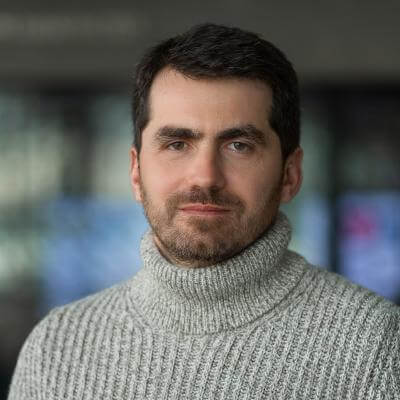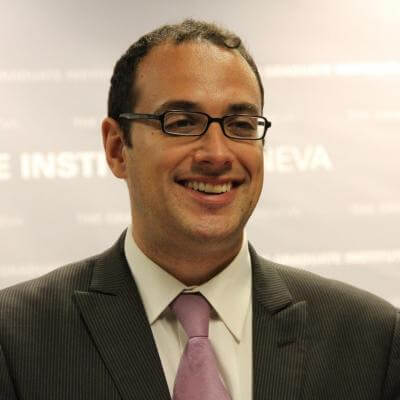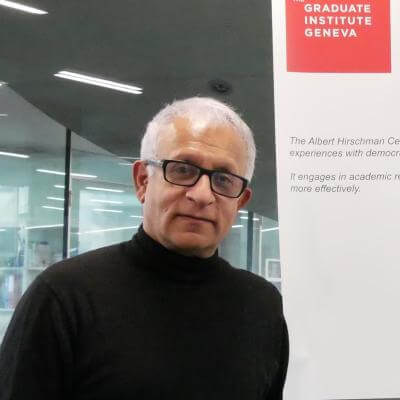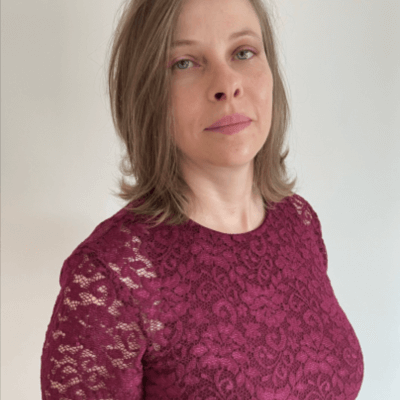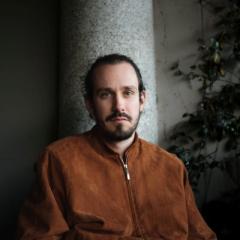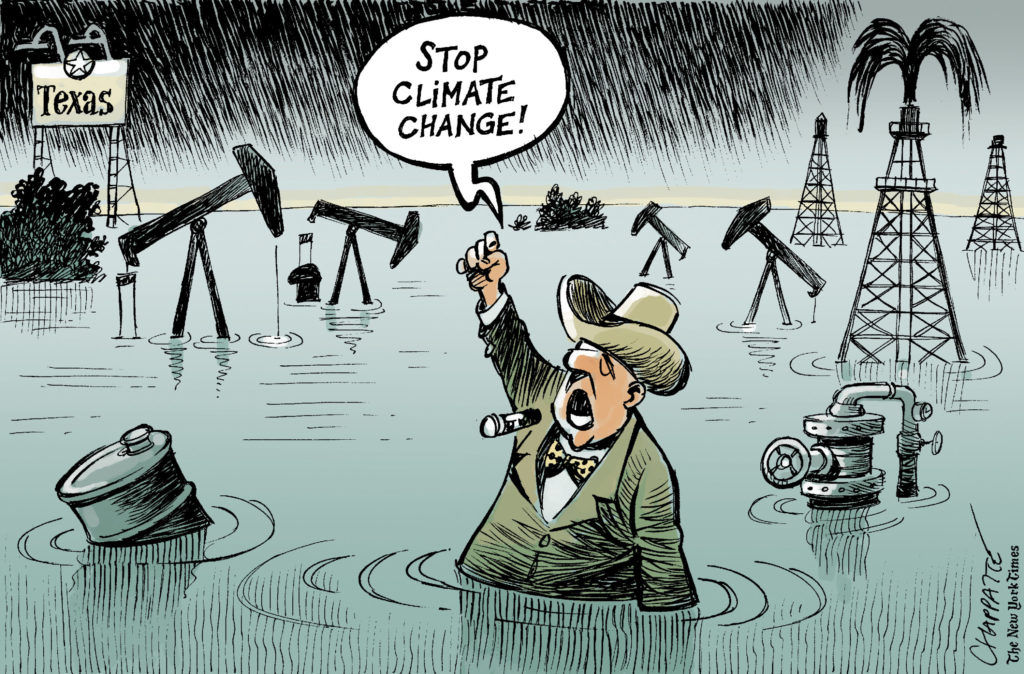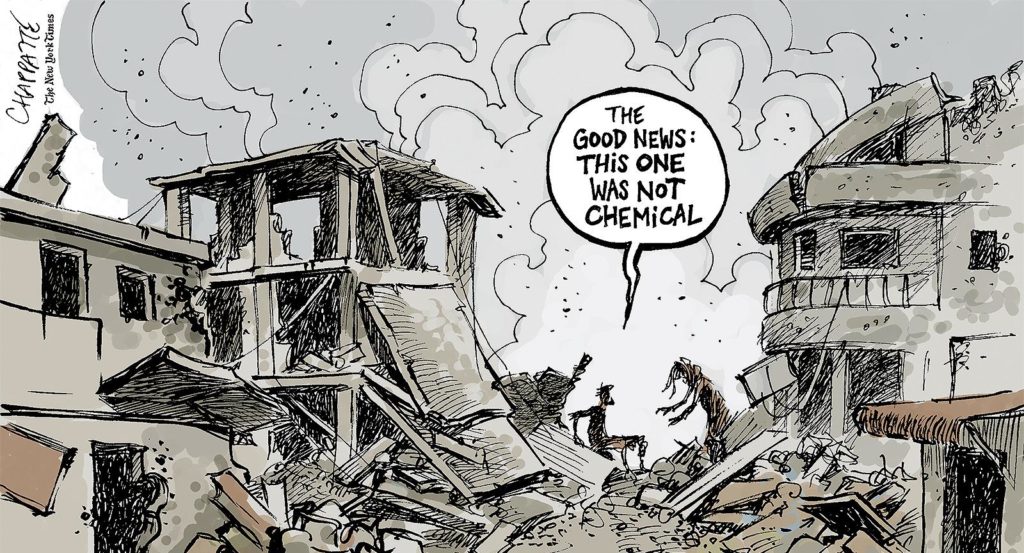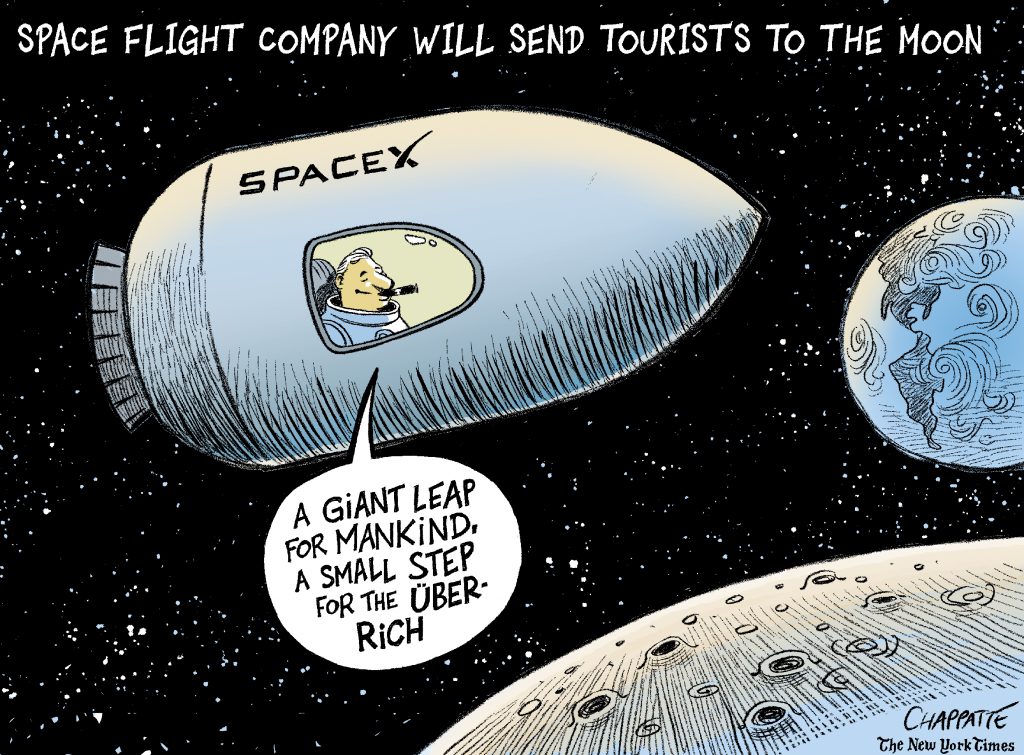After the outbreak of COVID-19 – a virus constituting a genuinely worldwide risk – fear internationalised in just a few weeks. As the COVID crisis has profoundly shaken societies on a global scale it has contributed to a reconfiguration – perhaps a multiplication – of risks and their perceptions. While foremost constituting a biological hazard, the pandemic has large repercussions on other types of risks, ranging from long-term economic and digital disruption to psychological distress and political confrontation. The nature and frontiers of risks are thus moving as the multilateral system, the most adequate framework to deal with global risks, is ailing and current risk mitigation strategies are increasingly put to question. The six articles of the present Dossier explore these changing hierarchies of risk and the underpinning structural issues that endanger our existence.
© Chappatte dans Le Temps, Genève.
-
I

Diplomatic Gambling versus New Diplomacy
Reading time: 8 min -
1
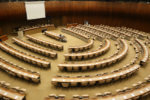
Diplomacy in International Geneva: Beyond Business as Usual
Reading time: 4 min -
2

The Modern Diplomat: Exposed, Endangered and Indispensable
Reading time: 4 min -
3

The New Trade of Trade Diplomacy: What Role for Trade Negotiators in a Trade World on Fire?
Reading time: 5 min -
4

Diplomacy and Decolonisation
Reading time: 4 min -
5

Rethinking United Nations Mediation
Reading time: 5 min -
6

Diplomatic Relations, Artificial Intelligence and Cyber Threats
Reading time: 4 min -
7
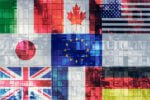
The G7: From Global Governance to Geoeconomics
Reading time: 5 min -
8

Women’s Organisations of Diplomats: A New Era for Diplomacy?
Reading time: 5 min -
9

Evolving Paradigms in Science and Tech Diplomacy
Reading time: 5 min -
10

The Geneva Graduate Institute and the Training of Diplomats in the Context of Decolonisation
Reading time: 5 min -
O

Publications of the Geneva Graduate Institute in the Field of Diplomacy
Reading time: 3 min
Dossier produced by the Research Office of the Geneva Graduate Institute.
